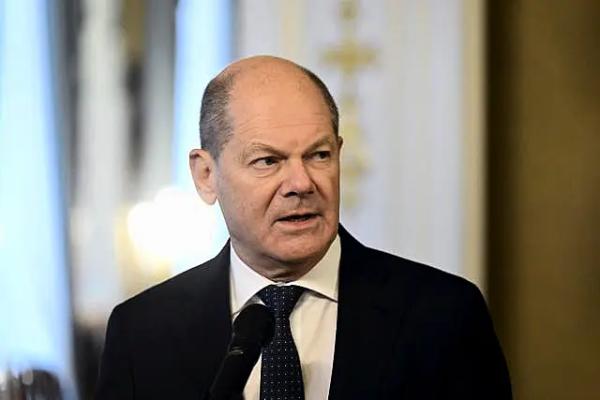
The German economy shrank for the second consecutive year in 2024, according to preliminary official figures.
The stats come just weeks before an election largely focused on the economy.
The Federal Statistical Office said that gross domestic product contracted by 0.2% in Europe’s largest economy last year following a decline in 2023.
The head of the office, Ruth Brand, said that it is believed to have contracted by 0.1% in the fourth quarter compared with the previous three-month period, but that is a rough initial estimate as hard economic data for December have not been released yet.

The German economy has been battered by external shocks and homegrown problems, including red tape and a shortage of skilled labour, and politicians have been at odds over how to fix it.
Chancellor Olaf Scholz’s three-party coalition government collapsed in November when Mr Scholz sacked his finance minister in a dispute over how to revitalise the economy. That paved the way for an early election on February 23.
Contenders to lead the next government have made contrasting proposals on how to inject new vigour into the economy.
Sourse: breakingnews.ie